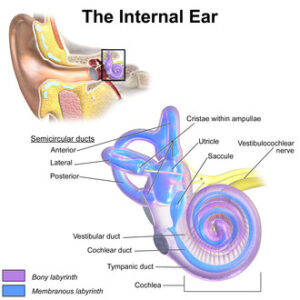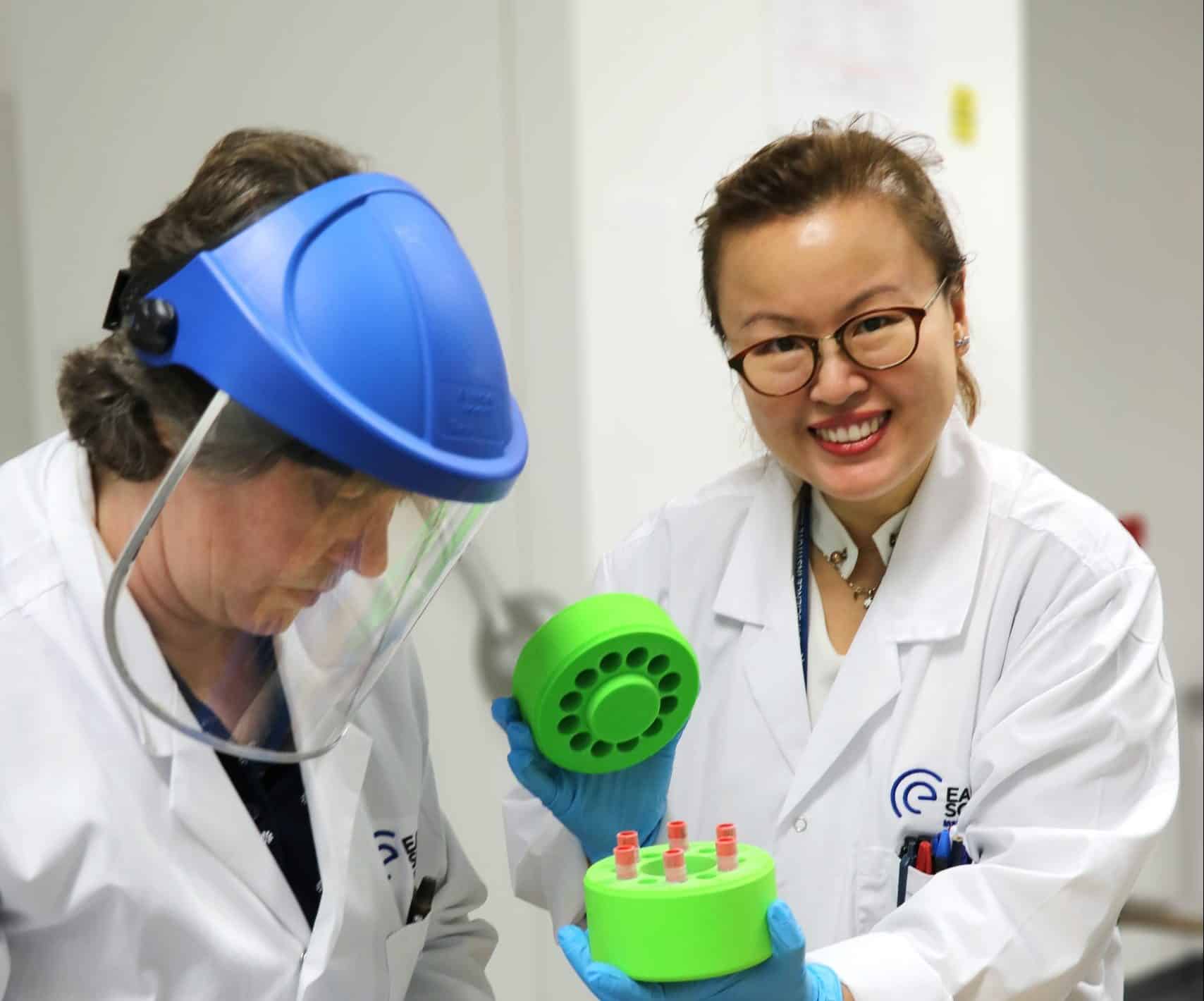The inner ear is the innermost part of the vertebrate ear and is mainly responsible for sound detection and balance. When the specialised inner ear cells deteriorate or die this causes irreversible hearing loss.

Ear Anatomy Inner Ear
The inner ear is not only surrounded by the most rigid bone in the body; it is also tiny, with a limited blood supply. A challenge for doctors and scientists has been how to get drugs to treat ear conditions and potentially cure hearing loss past this bone, targeted at a specific location.
An emerging field of pharmacology is the use of bile acids that just might hold the key to getting vital drugs into the inner ear. Bile acid is generally created in the liver, stored in the gall bladder, and is essential for digestion. The fantastic properties of bile acid are under investigation. Of particular interest is the acid’s ability to deliver molecules around the body and release these molecules at a controlled rate.
Interesting fact | Bile acids have
been found in the brain;
why that is so is still a mystery!
Ear Science researchers are at the forefront of a potential revolution in treating ear disease
This recent discovery has inspired Associate Professor Hani Al-Salami, Head of the Hearing Therapeutics at Ear Science, to think about harnessing their properties to improve treatments for ear disease and hearing loss.
“Imagine if we could get a drug delivered to the cochlear nerve or the sensory hair cells in the inner ear in an effective and safe way – we could potentially treat hearing loss and associated disorders better”, said Dr Hani Al Salami.
Using the facilities at the purpose-built Ear Science Institute Australia hearing therapeutics laboratory and the Curtin Health Innovation Research Institute, Dr Al Salami and his team are developing new ways of measuring these acids, understanding how they work, and using them to develop new drugs and treatments. One thing in favour of using bile acids is that as they occur naturally in the body, there may be fewer roadblocks when ensuring the safety and efficacy of new treatments.






